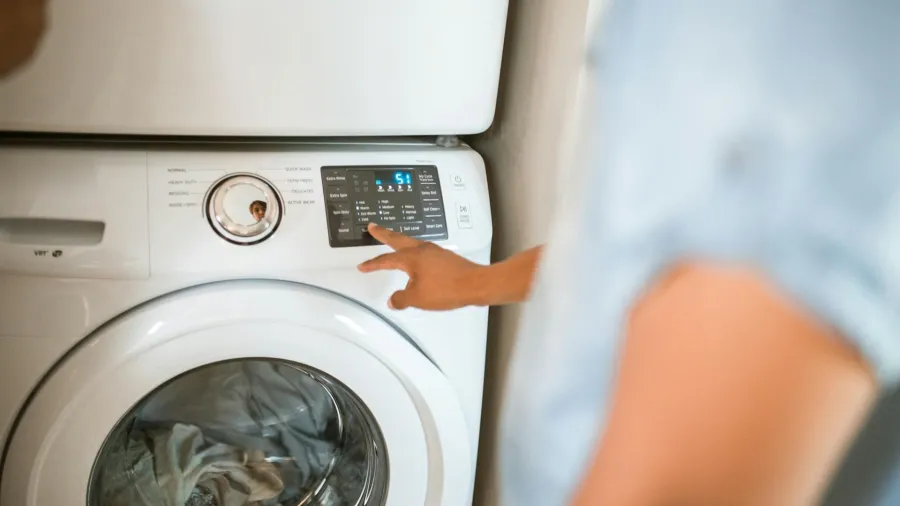
How can appliance makers balance affordability and innovation?
Price and reliability are the top considerations for buyers.
Manufacturers are under mounting pressure to make washing machines, refrigerators and other big household appliances that last longer and are more energy efficient.
A McKinsey & Co. report in August found that 39% of consumers now wait at least 10 years before replacing so-called white appliances—up from 35% in 2023.
Replacement frequency varies by region, with consumers in Poland, Türkiye, and the UK changing products faster than the global average, whilst turnover is slower in France, Germany, Japan, and Sweden.
Price and reliability remain the top priorities for buyers, with many willing to pay as much as 40% for appliances that are more durable and consume less power. Sustainability, design, and smart connectivity rank lower in importance, though younger buyers show greater interest in connectivity features.
“Consumers are replacing existing models less frequently than they have in the past,” according to the report, whilst automatic programming and personalised settings resonate most with Gen Z and Millennial shoppers. Baby boomers and Gen X place far less importance on these features.
This generational divide poses a challenge for manufacturers: offer connected features in premium products to attract younger consumers, whilst avoiding overinvestment in lower-priced models where adoption remains limited.
The study also found that 30% of consumers research products on manufacturers’ websites, but only 20% make purchases online, and direct-to-consumer sales account for just 1% of transactions.
McKinsey suggested building stronger direct channels to capture higher margins and richer consumer insights, while keeping retail partnerships.
Aftermarket services are another missed opportunity. Many customers decline available options such as home delivery (29%), installation (54%), or warranties (65%), with 15%–20% citing unavailability.
The report warned that brands risk losing customer engagement at the critical post-purchase stage, where loyalty and repeat sales can be strengthened.
McKinsey said brands that prioritise durability, efficiency, high-value features, and post-purchase engagement are best positioned to retain market share as consumer preferences evolve.
Questions to ponder:
- How can white-goods brands expand online and aftermarket services to deepen engagement?
- How can manufacturers balance connectivity features and affordability?

















 Advertise
Advertise





